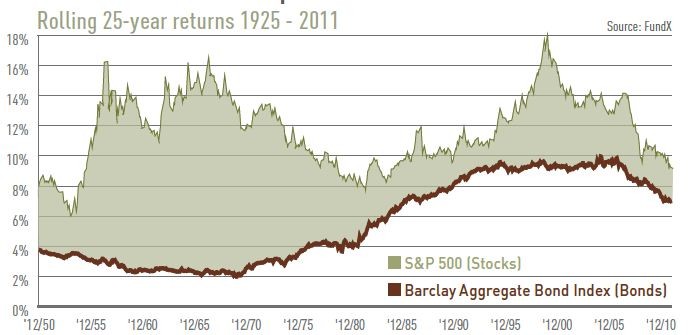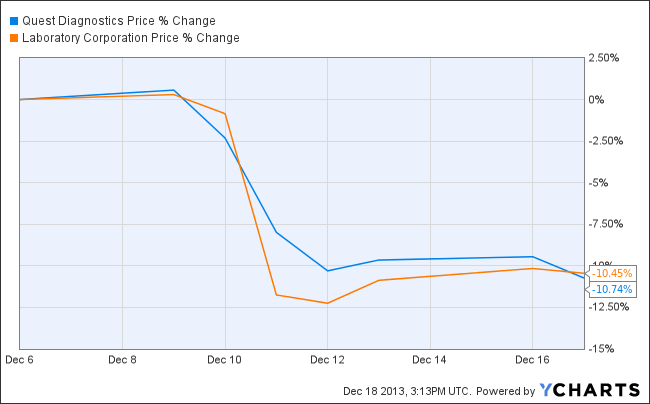Bonds Intelligent Investing Ideas from Forbes Investor Team
Post on: 25 Июль, 2015 No Comment

Muni Bond Managers Journal: Biting Into The Credit Donut
My team and I were finalizing a presentation to investors and trying to come up with a way to express the credit-driven nature of the municipal bond investment process. The continuous circle seemed like the best way, since the seven components were interdependent—what happened with one affected another.
I like to call it the “Circle of Credit,” reinterpreted loosely from The Lion King. but one wag thought it looked more like the brightly colored donut that Homer Simpson enjoys on his nearly eponymous show. No shock to anyone: the donut nickname stuck. Circle or donut, however, the point remains the same: every part of the analytic methodology is connected.
The process starts with the “Top 5” essential financial performance measures: debt service coverage, debt burden, debt-to-capitalization, days of cash on hand, and operating margin.
The exact calculation and components of each may vary depending on whether the borrower is a municipality issuing general obligation bonds or an authority issuing on behalf of a hospital, college or public utility.
After vetting the financials, we examine the covenants, liens and other documents that set out the legal protections for the bondholder should something go wrong.
For the longest time, a general obligation bond, which is backed by the unlimited taxation power of the issuer, was viewed as the strongest security for bondholders. However, as recent defaults in Detroit and Stockton, CA have shown, even “unlimited” tax pledges have limits.
A first mortgage lien or a first lien on dedicated tax revenues is now viewed as preferable, and bondholders are demanding greater yield for subordinate lien bonds, bonds with general revenue pledges, or bonds funded by annual budget appropriations. As these recent events also demonstrate, having a security protection is one thing, being able to enforce it is another.
Competition must also be considered. Municipalities compete for residents in both subtle and not-so-subtle ways. For example, property-tax rates, along with the quality of schools and other municipal services affect whether or not prospective homebuyers will move into a community. With deregulation of utilities in some areas, electricity customers can choose their power providers. Hospitals have to consider what a cross-town facility offers to attract patients.
We also pay attention to overall sector economics, the factors that shape the forces of supply and demand in the sector. For example, public utilities buy coal or gas to generate energy, and examining their supply chain and pricing are important considerations.
Along with the broad sector view, we see how general demographics affect the credits. A growing community may bode well for increasing a municipality’s tax base. There would also be increased demand on the utility grid, which would mean understanding if the existing infrastructure can handle the load or needs upgrading. It may also mean schools will need to borrow to upgrade and expand. An aging population influences the case mix and capital needs of the local hospital.
Legislative, regulatory and political events are important considerations in the public policy-driven world of municipal bonds. From tax exempt interest to changing rules on disclosure, there are policy issues affecting this market.

However, all politics is local—voters have their say on new bond issues in their community every election day, whether it is to build new schools, improve roads or replace municipal buildings. Local councils vote regularly on fees and charges, property tax increases, new housing developments and a host of other issues which may directly affect the creditworthiness of outstanding or to-be-issued bonds.
National macroeconomic trends get very credit specific quickly, as the 2008-2009 recession powerfully demonstrated. In communities across the country, the rising unemployment rate meant property values declined along with sales tax revenues, two key components of municipal budgets.
No sector was spared: toll roads saw revenues decline, hospitals saw uninsured care costs rise and so on down the credit line. Correspondingly, the numbers reported on the balance sheets, income statements and annual reports of municipal issuers across the country all reflected the decline.
Now we are seeing the influence of the recovery in the economy. Applying the “Top 5” financial performance measures to the financial statements, we see an improving trend in every sector, from housing to healthcare.
We’ve come full circle.
Barnet Sherman is a director and portfolio manager at TIAA-CREF, a national financial services organization .














